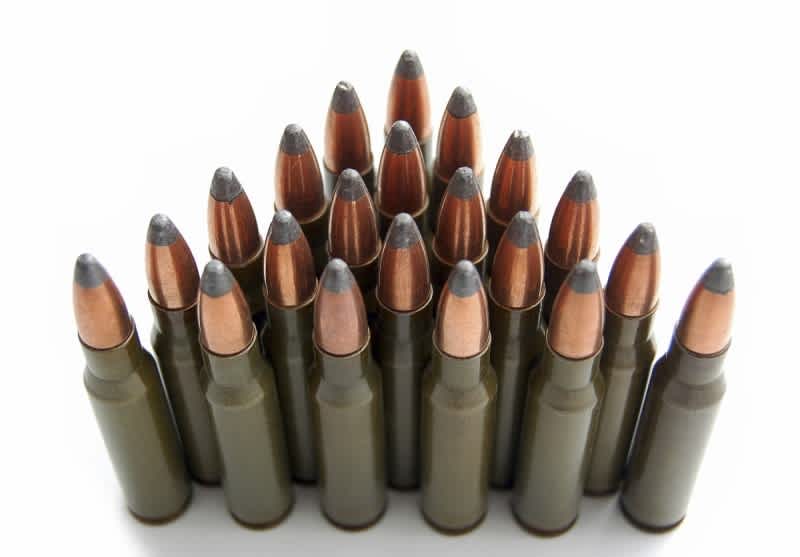Report: California Lead Ammo Ban Could Spike Prices by 300 Percent
OutdoorHub Reporters 09.19.14

Last October, California Governor Jerry Brown signed into law a controversial bill that prohibited hunters from using lead ammunition in the state. The law may not take effect until July 2019 while it is pending additional review from state wildlife officials, but California hunters voiced concerns that the law could raise ammo prices. Earlier this week, the National Shooting Sports Foundation released a report from survey firm Southwick Associates stating that the lead ammo ban will not only increase ammunition costs, but also cause a dip in hunter participation as well.
“Based on a survey of California hunters, higher ammunition prices will drive 36 percent of California hunters to stop hunting or reduce their participation,” stated the report.
In fact, 13 percent of the surveyed hunters said they would stop hunting entirely, while 10 percent said that they were unsure if they would continue to hunt and 23 percent said they would likely hunt less. What would cause so many hunters—over a third of those surveyed—to say they are having doubts for future seasons? A three-fold increase in cost between traditional ammo and non-lead alternatives may do the trick.
“Via survey, major US ammunition manufacturers report that a ban on traditional ammuniotion with lead components in California for hunting would translate to substantially higher prices.”
The report found that the ban would lead to the prices of non-lead centerfire rounds increasing by 284 percent, rimfire rounds by 294 percent, and shotshells by an astounding 387 percent. It is notable that at the time that the law was passed, California and the rest of the country was going through an ammunition shortage that has only recently begun to ease. Non-lead alternative ammunition is in even shorter supply and accounts for only 5.3 percent of all centerfire ammunition production, 24 percent of all shotshells, and 0.5 percent of rimfire rounds. To meet current demands in California, the report estimated that the production of alternative ammunition must be increased by 432 percent, a monumental proposition when most ammo manufacturers are still focused on fulfilling back-orders for traditional ammo.
The shortage of available ammunition would likely decrease the number of hunters in the state. The report estimates that if 13 percent (51,676) of California hunters stay home, the impact will affect at least 1,868 jobs. That in turn will lead to a $68.7 million loss in salaries and wages, a $13.9 million loss in state and local tax revenues, and a $5.8 million loss in federal tax revenues.
“In summary, prohibiting use of alternative [lead] ammunition will have significant effects on the state economy, wildlife conservation and hunters’ ability to enjoy the outdoors,” stated the report. “These negative impacts need to be carefully considered by those responsible for the well-being of California’s residents and wildlife.”
Support for the lead ammo ban widely came from animal rights organizations such as the Humane Society of the United States, Audubon California, and Defenders of Wildlife. These groups say that lead ammunition is toxic to a number of wildlife species, most notably the endangered California condor. Non-lead ammunition often contains copper, bismuth, and tungsten, which are seen as a more environmentally friendly. The actual extent of the damage posed by lead ammo, however, has been debated within the California Fish and Game Commission for years.
New regulations for the ban will be put in place by July 2015 and phased in no later than July 2019.

